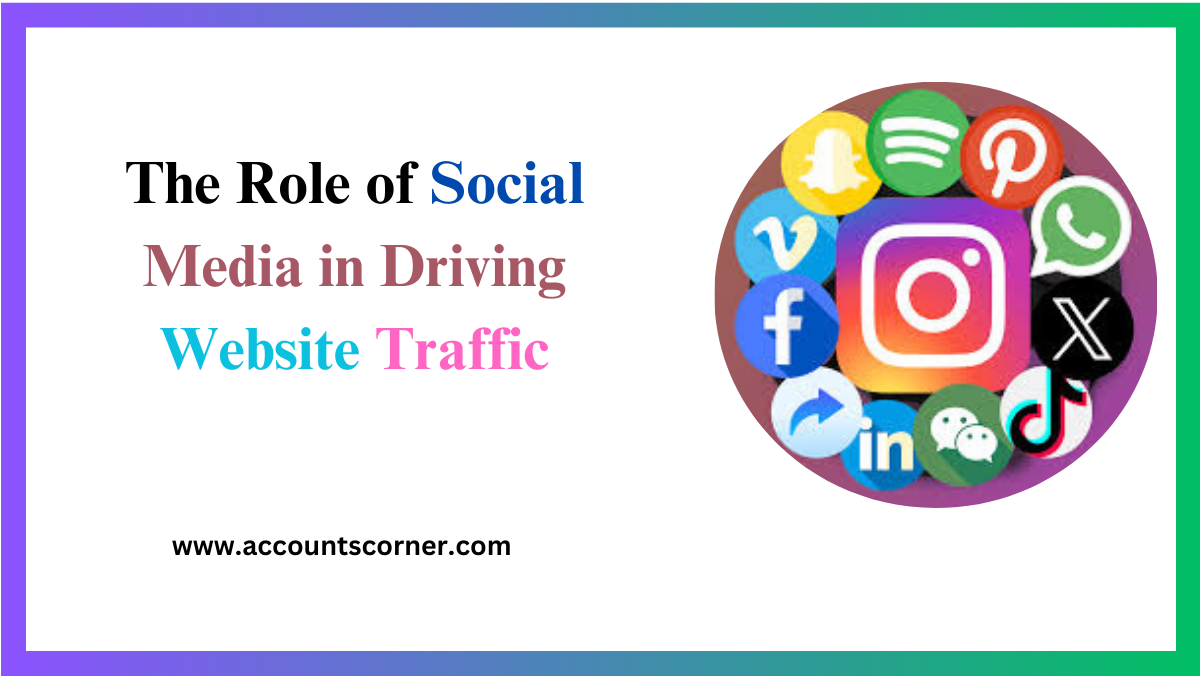Products
-
 Flicker New Accounts
Rated 5.00 out of 5$0.50
Flicker New Accounts
Rated 5.00 out of 5$0.50 -
 Discord New accounts With Gmail
Rated 5.00 out of 5$1.00
Discord New accounts With Gmail
Rated 5.00 out of 5$1.00 -
 Reddit New Accounts With Gmail
Rated 5.00 out of 5$1.00
Reddit New Accounts With Gmail
Rated 5.00 out of 5$1.00 -
 Quora New accounts With Gmail
Rated 5.00 out of 5$1.00
Quora New accounts With Gmail
Rated 5.00 out of 5$1.00 -
 Buy AOL AGED Accounts
Rated 5.00 out of 5$1.00
Buy AOL AGED Accounts
Rated 5.00 out of 5$1.00 -
 Buy Outlook New Accounts
Rated 5.00 out of 5$1.00
Buy Outlook New Accounts
Rated 5.00 out of 5$1.00 -
 Buy Hotmail Aged Accounts
Rated 5.00 out of 5$1.00
Buy Hotmail Aged Accounts
Rated 5.00 out of 5$1.00 -
 Youtube Accounts With Channel and Video
Rated 5.00 out of 5$2.00
Youtube Accounts With Channel and Video
Rated 5.00 out of 5$2.00 -
 Youtube Accounts With Channel
Rated 5.00 out of 5$1.00
Youtube Accounts With Channel
Rated 5.00 out of 5$1.00 -
 Buy Twitter Aged Accounts 2010 to 2021
Rated 5.00 out of 5$1.50
Buy Twitter Aged Accounts 2010 to 2021
Rated 5.00 out of 5$1.50
The Role of Social Media in Driving Website Traffic
Posted by:
preethi

In today’s digital age, mastering the nuances of driving website traffic is essential for any business or individual looking to establish a strong online presence. With countless Social Media platforms and strategies available, the question often arises—how can social media play a pivotal role in this endeavor?
Table of Contents
ToggleIntroduction to Website Traffic
Website traffic is the heartbeat of any online venture. It represents the number of visitors who land on your site, Social Media directly impacting your brand’s visibility, engagement, and ultimately, its success. But not all traffic is created equal. Quality traffic—comprising engaged users who are likely to convert—can be the difference between a thriving business and an underperforming one.
Enter social media. With billions of active users worldwide, social media platforms offer a goldmine of opportunities to drive high-quality traffic to your website. This blog post will explore how to harness the power of social media to increase website traffic, focusing on best practices, data analysis, and actionable tips.
Social Media as a Traffic Source
Social media platforms like Facebook, Instagram, Twitter, and LinkedIn are no longer just for connecting with friends. They have evolved into powerful tools for businesses to reach new audiences and drive traffic to their websites. But how exactly can social media be leveraged for this purpose?
- Creating Captivating Content
The first step in using social media to drive traffic is creating content that captivates your audience. This could be anything from eye-catching images and videos to informative blog posts and engaging infographics. The key is to create content that resonates with your target audience and encourages them to visit your website for more information.
- Utilizing Paid Advertising
While organic reach on social media is valuable, utilizing paid advertising can significantly boost your website traffic. Platforms like Facebook and Instagram offer highly targeted advertising options that allow you to reach specific demographics, interests, and behaviors. By investing in paid ads, you can drive more qualified traffic to your website.
- Engaging with Your Audience
Engagement is the lifeblood of social media. By actively responding to comments, messages, and mentions, you can build a loyal community around your brand. This engagement not only boosts your visibility on social media but also encourages users to visit your website to learn more about your offerings.

Best Practices for Linking
Linking is a crucial aspect of using social media to drive website traffic. However, it’s not just about posting random links and hoping for the best. There are best practices to ensure your links are effective in driving traffic.
- Use Compelling Calls-to-Action
A compelling call-to-action (CTA) can be the difference between a user scrolling past your post and clicking on your link. Whether it’s “Learn More,” “Shop Now,” or “Read Our Latest Blog Post,” make sure your CTA is clear, Social Media concise, and enticing.
- Optimize Your Links
Shorten your links using tools like Bitly to make them more visually appealing and trackable. Additionally, use UTM parameters to track the performance of your links, allowing you to see which social media platforms and posts are driving the most traffic.
- Post at Optimal Times
Timing is everything in social media marketing. Analyze your audience’s behavior to determine the optimal times to post your content. This ensures your links are seen by the maximum number of people when they are most active.
Analyzing Traffic Data
Driving traffic to your website is only half the battle. To truly understand the effectiveness of your social media efforts, you need to analyze your traffic data.
- Use Google Analytics
Google Analytics is a powerful tool that provides insights into your website traffic. By setting up social media tracking, you can see which platforms are driving the most traffic, how long users are staying on your site, and which pages they are visiting.
- Monitor Social Media Metrics
In addition to Google Analytics, monitor your social media metrics to gain a comprehensive understanding of your traffic. Metrics such as click-through rates (CTR), engagement rates, and conversion rates can provide valuable insights into the performance of your social media campaigns.
- Adjust Your Strategy
Data analysis is not a one-time task. Continuously monitor your traffic data and adjust your social media strategy accordingly. If a particular platform or type of content is driving more traffic, focus more of your efforts on that area.
Conclusion
Harnessing the power of social media to drive website traffic is a multifaceted strategy that requires careful planning, execution, and analysis. By creating captivating content, utilizing paid advertising, engaging with your audience, following best practices for linking, and analyzing your traffic data, you can significantly increase the number of visitors to your website.
Remember, the ultimate goal is not just to drive traffic but to attract high-quality, engaged users who are likely to convert. By implementing the strategies outlined in this blog post, you’ll be well on your way to mastering the art of driving website traffic with social media.
Interested in taking your social media strategy to the next level? Discover how our tools and resources can help you optimize your efforts and achieve your goals. Visit our website to learn more and get started today.
















